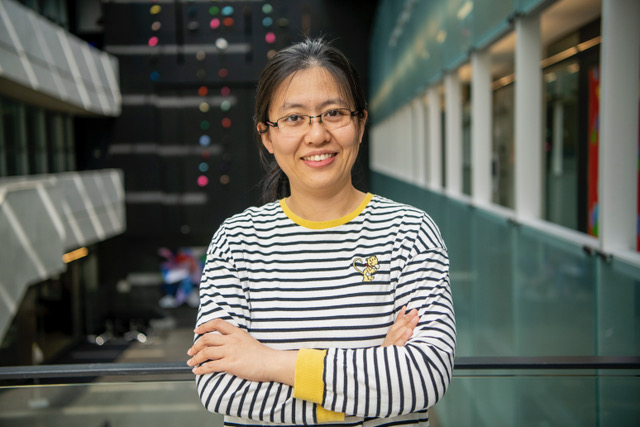Click here to jump to the Center for Quantum Materials Distinguished Lecture Series calendar!
Condensed Matter Physics Research

Alexander Abanov

Philip B. Allen

Thomas Allison

Dmitri Averin

Raymond Blackwell

Jennifer Cano

Cyrus Dreyer

Xu Du

Marivi Fernandez-Serra

Paul Goldbart

Vladimir J. Goldman

Dmitri Kharzeev

Qiang Li

Konstantin Likharev

Mengkun Liu

Han Ma

Emilio Mendez

Laszlo Mihaly

Peter W. Stephens
Condensed Matter Seminars
The Center for Quantum Materials (CQM) Distinguished Lecture series was established in the Fall of 2015 to bring the renowned experts in the physics of quantum matter to Stony Brook University.
The lectures in this series will attract a broad audience of physicists from SBU and BNL, and SBU graduate students.
To subscribe to the listserv, send an email to listserv@lists.sunysb.edu with a blank subject line and the message “subscribe CONDMATSEM-L [Firstname] [Lastname]”

